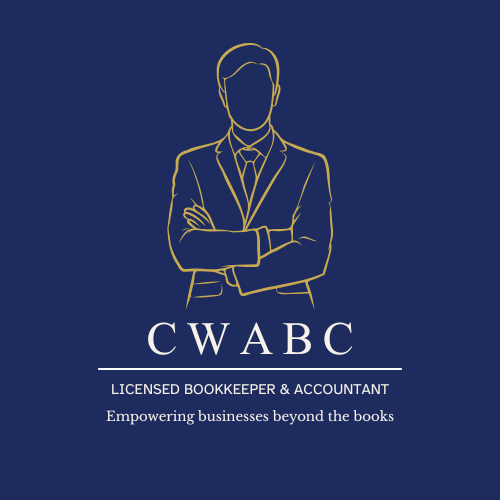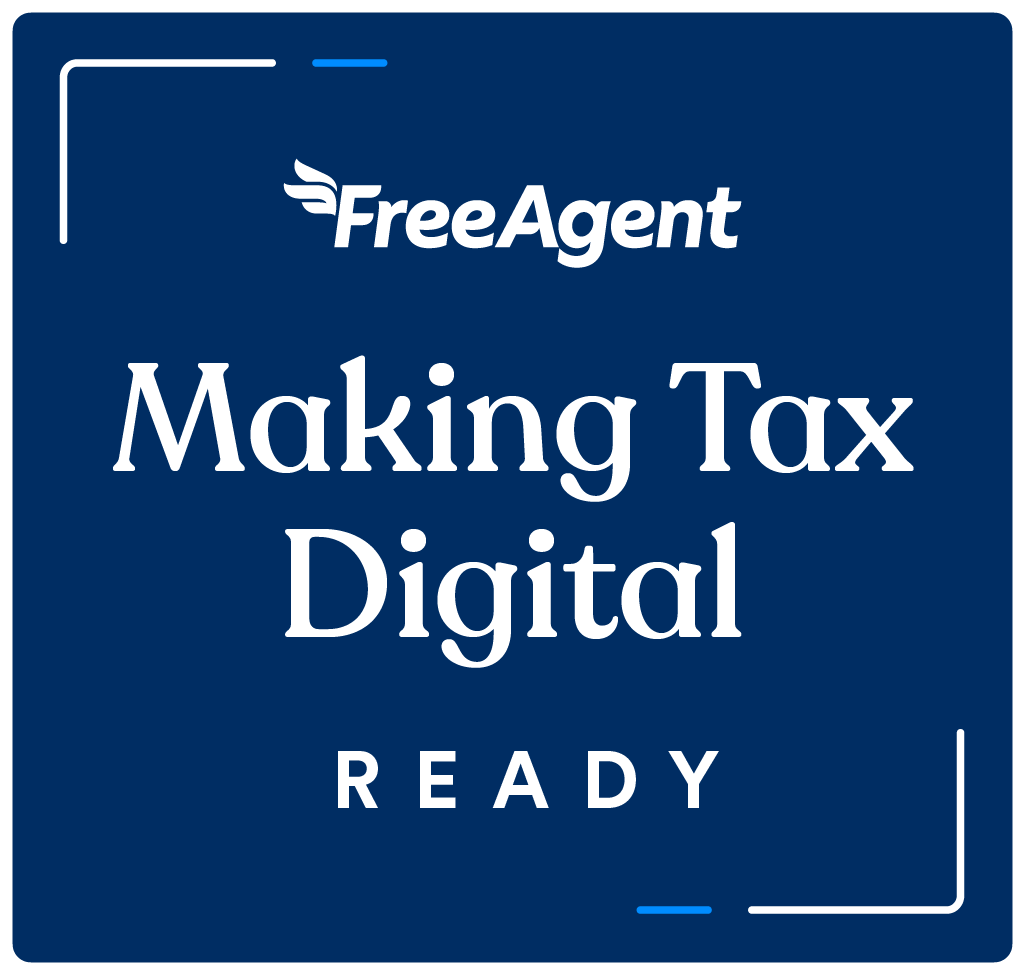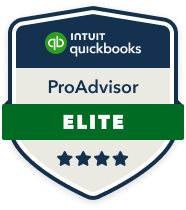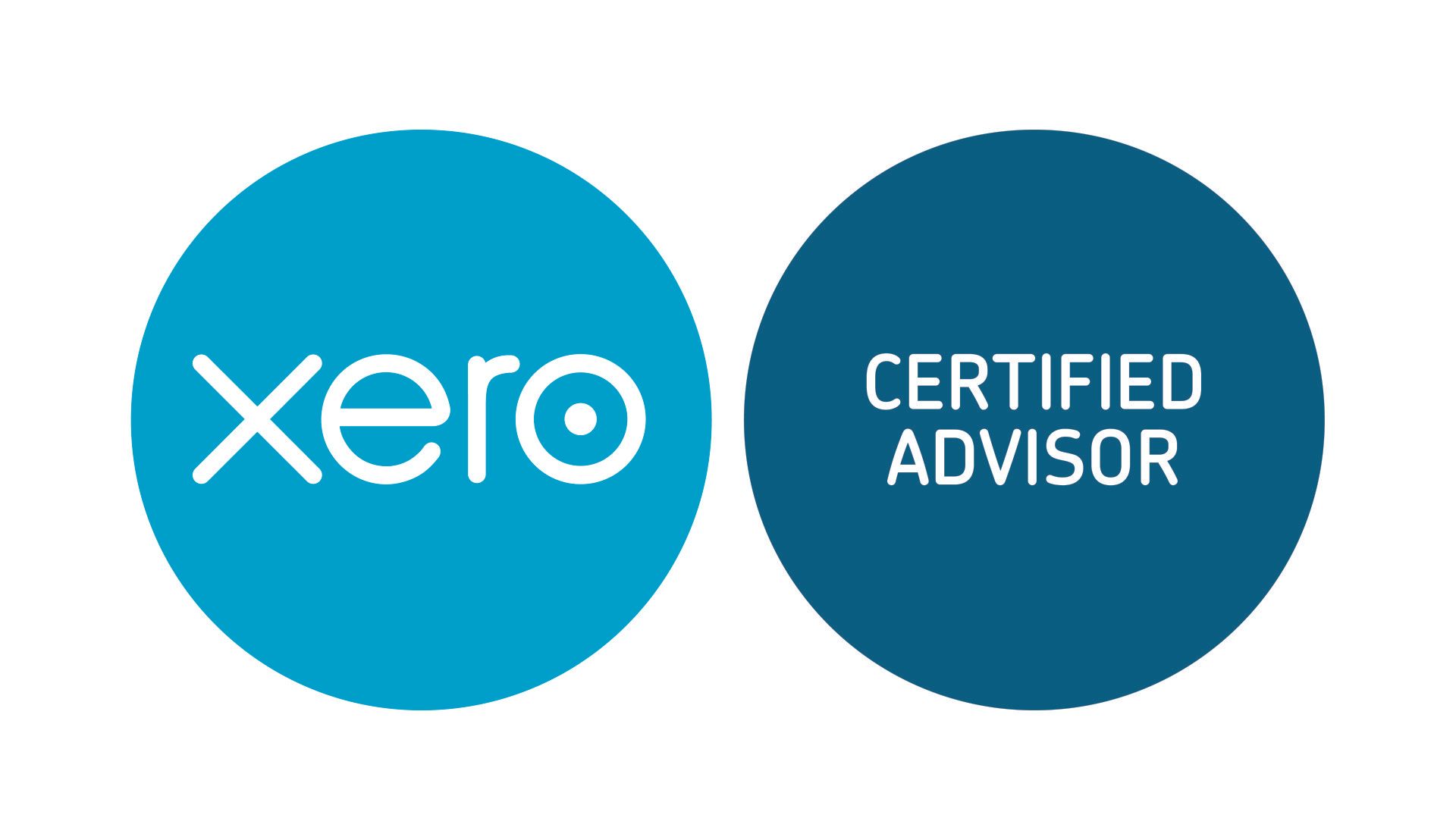The Big Car Switch: Transitioning Your Fleet to Electric Vehicles
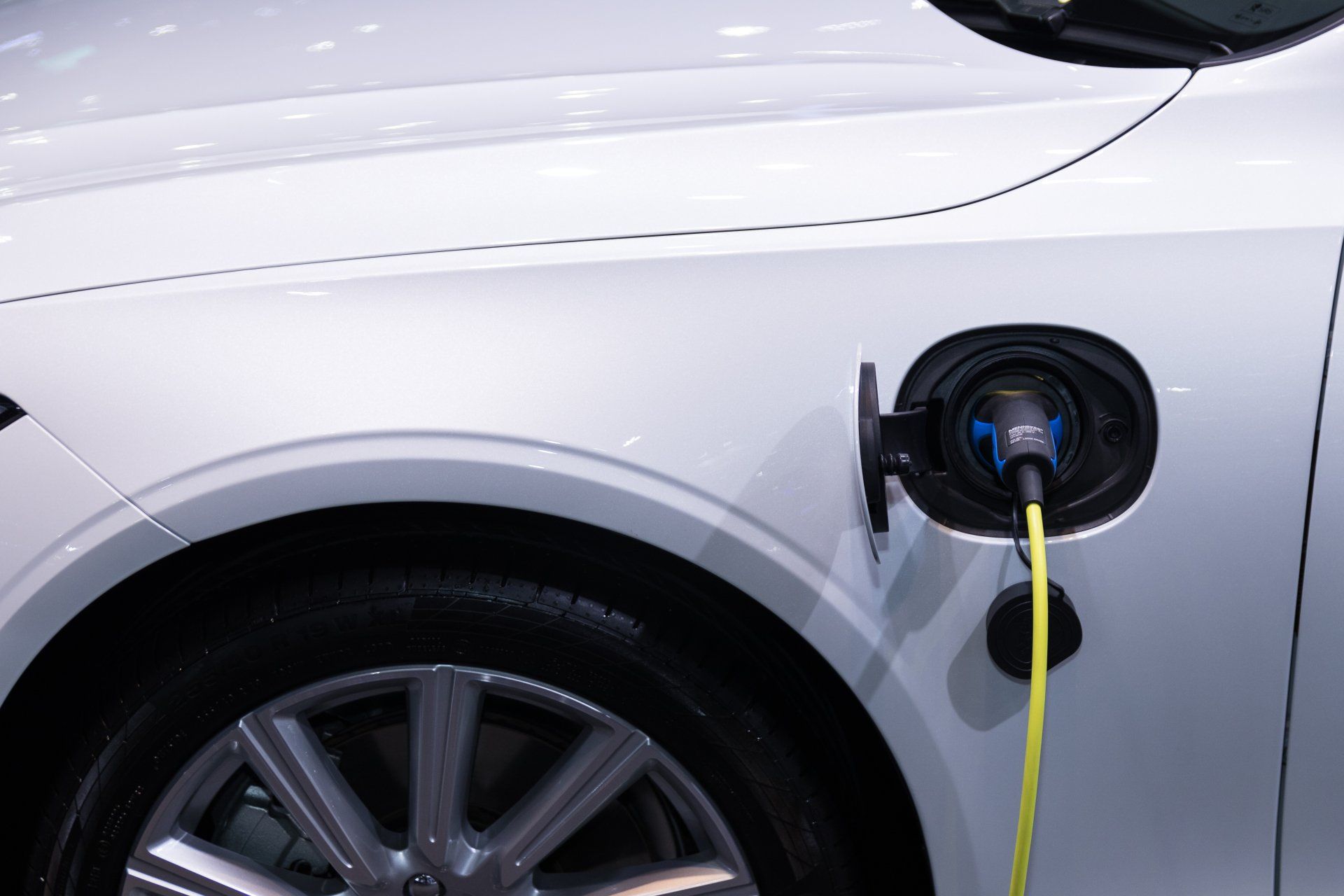
As the deadline for banning new petrol and diesel vehicles looms in 2035, businesses with vehicle fleets face an urgent need to transition to electric vehicles (EVs). While the path to electrification is clear, several challenges must be addressed. Here’s what companies need to consider when making the switch to an electric fleet.
Urgency and Regulation
Under the Zero Emission Vehicle (ZEV) Mandate, which took effect in January, 80% of new cars and 70% of new vans must be zero emissions by 2030. Despite the government's postponement of the full sales ban to 2035, fleet owners should not be complacent. According to David Watts, fleet product manager for EVs at Volkswagen Financial Services, the perceived breathing room may not apply uniformly across all vehicle types.
Current Trends and Challenges
A March 2024 survey by Lex Autolease of 100 fleet managers revealed that many UK businesses plan to operate fully electric fleets within four years. However, obstacles such as the availability of second-hand vehicles, charging times, charging point availability, and staff engagement persist. Businesses are also seeking additional government support to invest in EVs.
Steps Toward Electrification
- Feasibility Analysis: Begin by analyzing your fleet’s current operations, vehicle usage, and energy requirements. Differentiate between perk cars, which employees can choose, and operational vehicles that serve specific roles.
- Pilot Programs: Implement pilot programs with specific vehicles and engaged drivers to understand EV capabilities in real-world conditions. This practical approach will yield more reliable data than theoretical models.
- Infrastructure Investment: Address the lack of adequate charging infrastructure. Consider installing chargepoints at workplaces or employees' homes, and take advantage of government grants to offset costs.
- Government Incentives: Leverage available schemes, grants, and tax incentives to reduce the financial burden of switching to EVs. Notable programs include:
- Electric Vehicle Chargepoint Grant: Covers up to £350 or 75% of the cost for residents in flats or rental accommodations.
- Workplace Charging Scheme: Supports the cost of installing up to 40 EV chargepoint sockets.
- BiK Tax Relief: Offers reduced benefit-in-kind tax rates for company car drivers using EVs.
- Plug-In Van Grant: Provides substantial discounts on eligible electric vans.
The Total Cost of Ownership (TCO)
While the initial cost of EVs is higher, their total cost of ownership is generally lower due to reduced fuel and maintenance expenses. EVs have fewer parts than internal combustion engine (ICE) vehicles, which lowers maintenance costs and minimizes downtime.
Fleet managers should assess the TCO using worst-case scenarios, such as fully loaded EVs in winter, to ensure year-round reliability. Although EVs may spend less time off the road, the immature repair market can extend downtime when repairs are needed.
Conclusion
Transitioning to an electric fleet involves careful planning and investment, but the long-term benefits and compliance with upcoming regulations make it essential. By analyzing your fleet's needs, leveraging government incentives, and preparing for infrastructure upgrades, your business can successfully navigate the shift to EVs.



